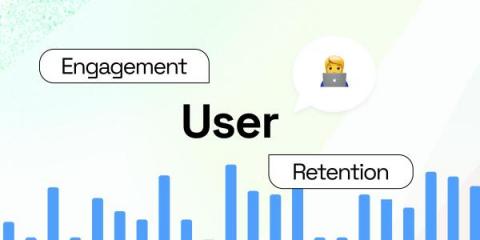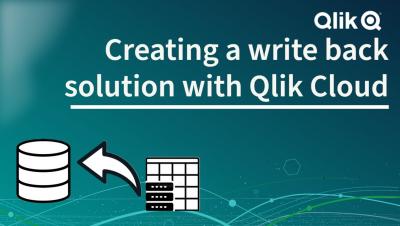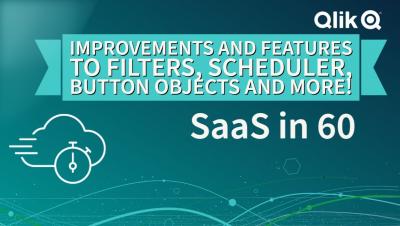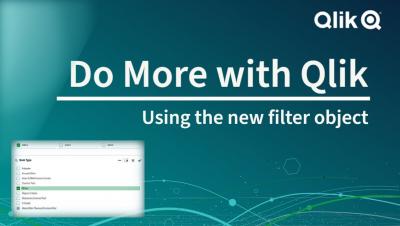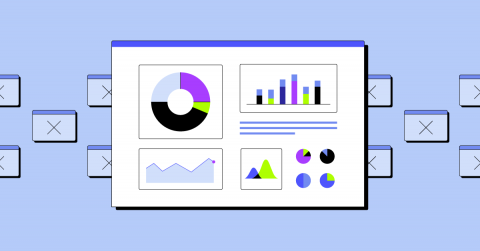Analytics
How to start a data literacy program in 6 steps
In a world where 2.5 quintillion bytes of data are created every day, it’s not surprising that organizations want to harness the power of being data-driven. In our 2022 Data Health Barometer, 99% of companies surveyed recognized that data is crucial for success — but 97% said they face challenges in using data effectively. Perhaps in response to those challenges, 65% of companies reported that they'd started a data literacy program.
How To Improve User Engagement And Retention With Product Analytics?
In the article “From Data to Insights: An Introduction to Product Analytics”, we walk you through the basics of product analytics, providing you with a high-level approach to get started with it. This time, we’d like to dig in deeper to dissect every step of the product analytics process, assuming that the main goal is to improve user engagement and retention.
Using Dead Letter Queues with SQL Stream Builder
Cloudera SQL Stream builder gives non-technical users the power of a unified stream processing engine so they can integrate, aggregate, query, and analyze both streaming and batch data sources in a single SQL interface. This allows business users to define events of interest for which they need to continuously monitor and respond quickly. A dead letter queue (DLQ) can be used if there are deserialization errors when events are consumed from a Kafka topic.
Creating a basic write back solution with Qlik Cloud
SaaS In 60 - New filter, scheduler interval, write back and more!
The New Qlik Sense Filter Object
The Best Big Data Tools in 2023
Managing technical debt: How to go from 12 BI tools to 1
CIOs are fed up with having a plethora of BI and analytics tools with business units seemingly chasing the shiniest new solution. And although most industry surveys show data and analytics budgets continuing to grow despite a faltering economy, there is closer scrutiny and belt tightening to rid teams of overlapping capabilities. Here’s a look at how BI tool portfolios have become such a mess and how to streamline them.
Why You Should Move From Management Reporter to Jet Reports
Much like Apple people tend to be all Apple, all the time, Microsoft Dynamics ERP users tend to prefer Microsoft products for all their computing needs. It’s not hard to understand why. Using products from the same ecosystem prevents compatibility issues and saves time in learning multiple systems.



